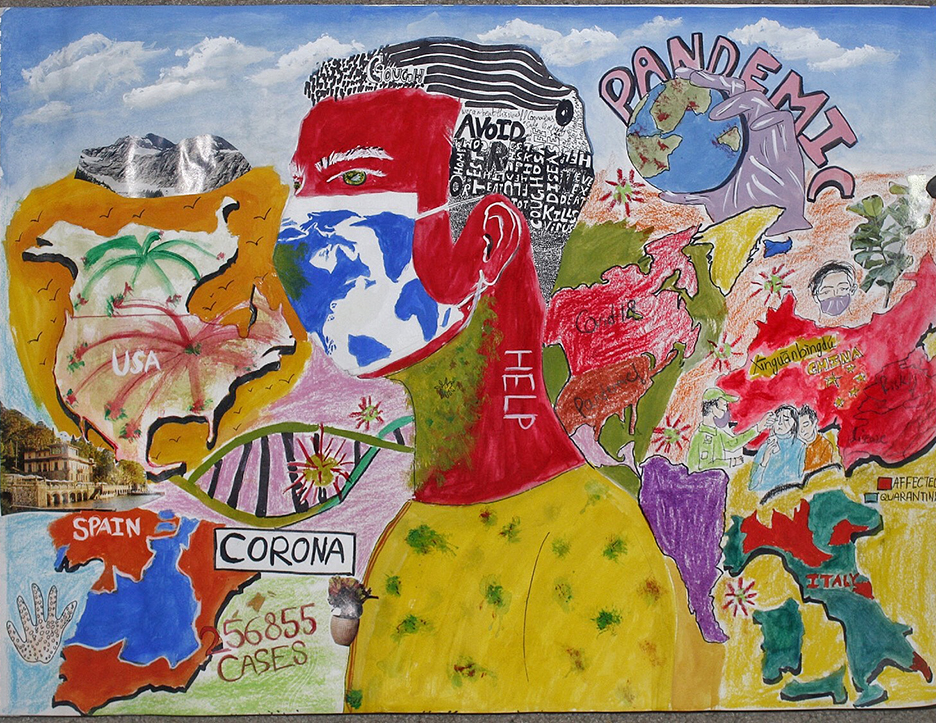As the coronavirus pandemic becomes a significant part of world history, the University Archives and Southern Minnesota Historical Center is collecting documentation on how lives connected the University were affected.
Individual pandemic experiences will be included in the archives and made available for future historians and scholars. Many of the collection’s materials will be made freely accessible through digital collections.
“We don’t know how these documents will be used 75 years from now, but what we do know is that we’ll be providing a really good foundation for historians to be able to ask important questions about how our society experienced what was going on,” said Christopher Corley, Interim Dean of Library and Learning.
In the meantime, the project is also providing work for a group of students who lost jobs as a result of the pandemic. Although most students continued to be paid for their campus employment even after the University moved to online learning, those students who were employed by University Dining Services were furloughed by Sodexo, which operates independently of the University. Most of the students impacted by the closures were international students.

Corley and Anne Dahlman, Interim Dean of Global Education, worked together with University Archives to employ those furloughed students in the COVID-19 Community History Project.
“International students have the opportunity to participate in a truly unique project documenting the pandemic on our campus,” said Dahlman.
According to Dahlman, more than 95 percent of the student participants are international students.
“I think one of the coolest things about the collection we’re going to develop as opposed to some other institutions and archives, is that we decided to focus on the international student perspective first,” Corley said. “I think it’s going to provide a unique lens as to how a group of people experience this.”
Individual contributions may be conducted in any language and recorded through oral history interviews or individual experiences such as journals, reflection papers, poetry, photographs and other creative works.
Building a collection can involve years of preserving, organizing and creating a finding aid.
“A historian, when they look back 50 years from now, will see things that we didn’t know were going to happen,” Corley said. “They’ll be able to place those documents that we preserved as part of a story. That’s kind of what’s exciting, to think about what people will do with this later on.”
Speak Your Mind